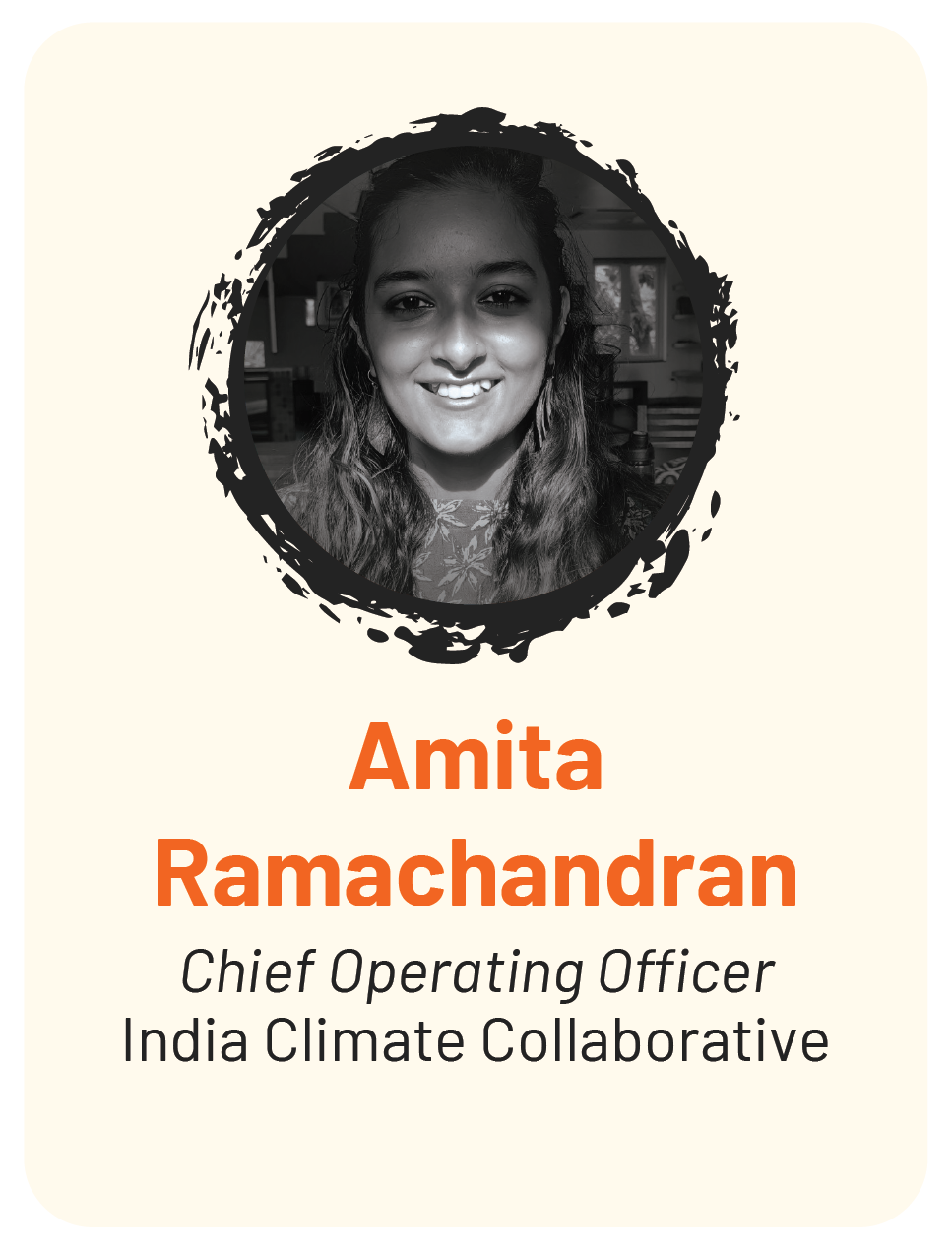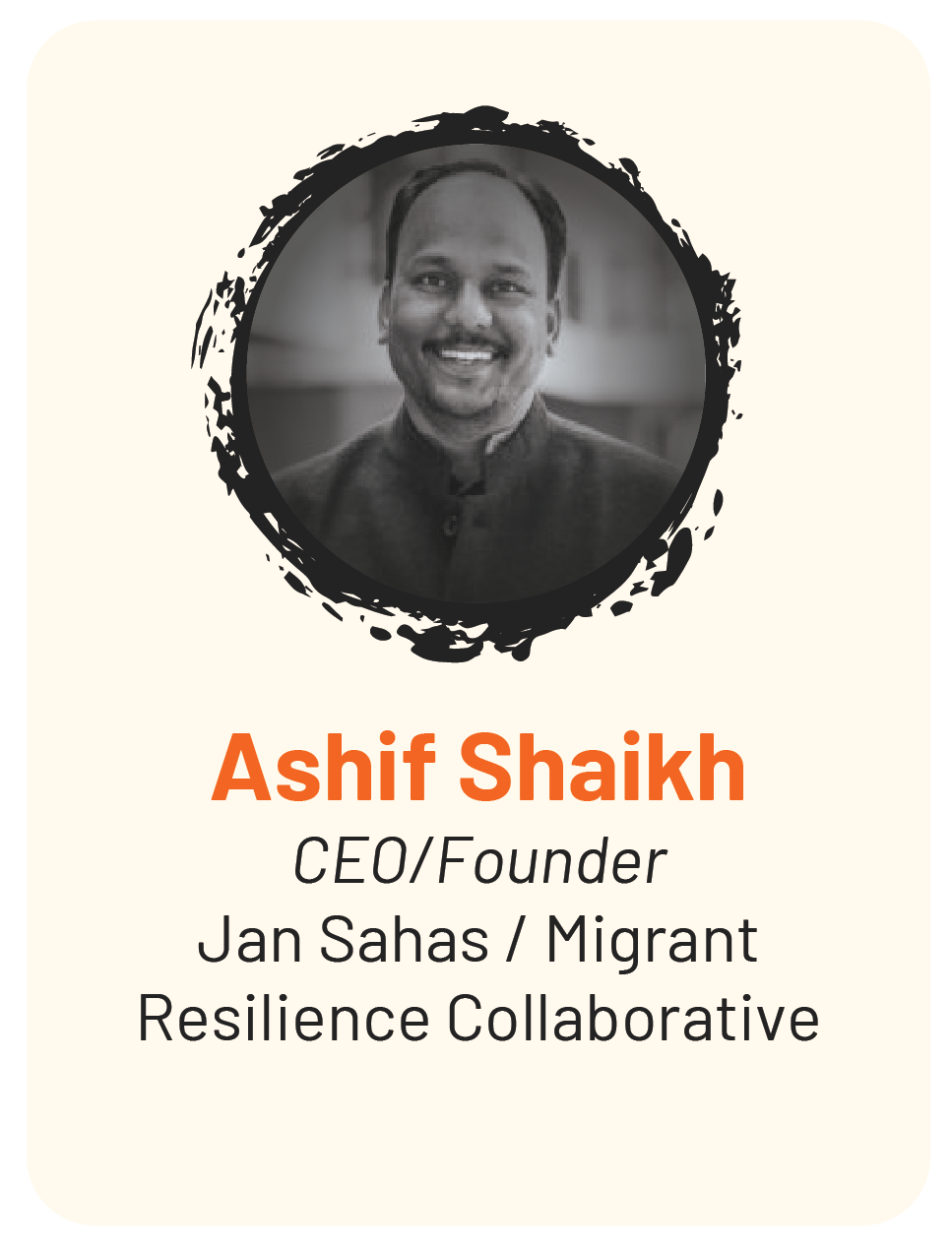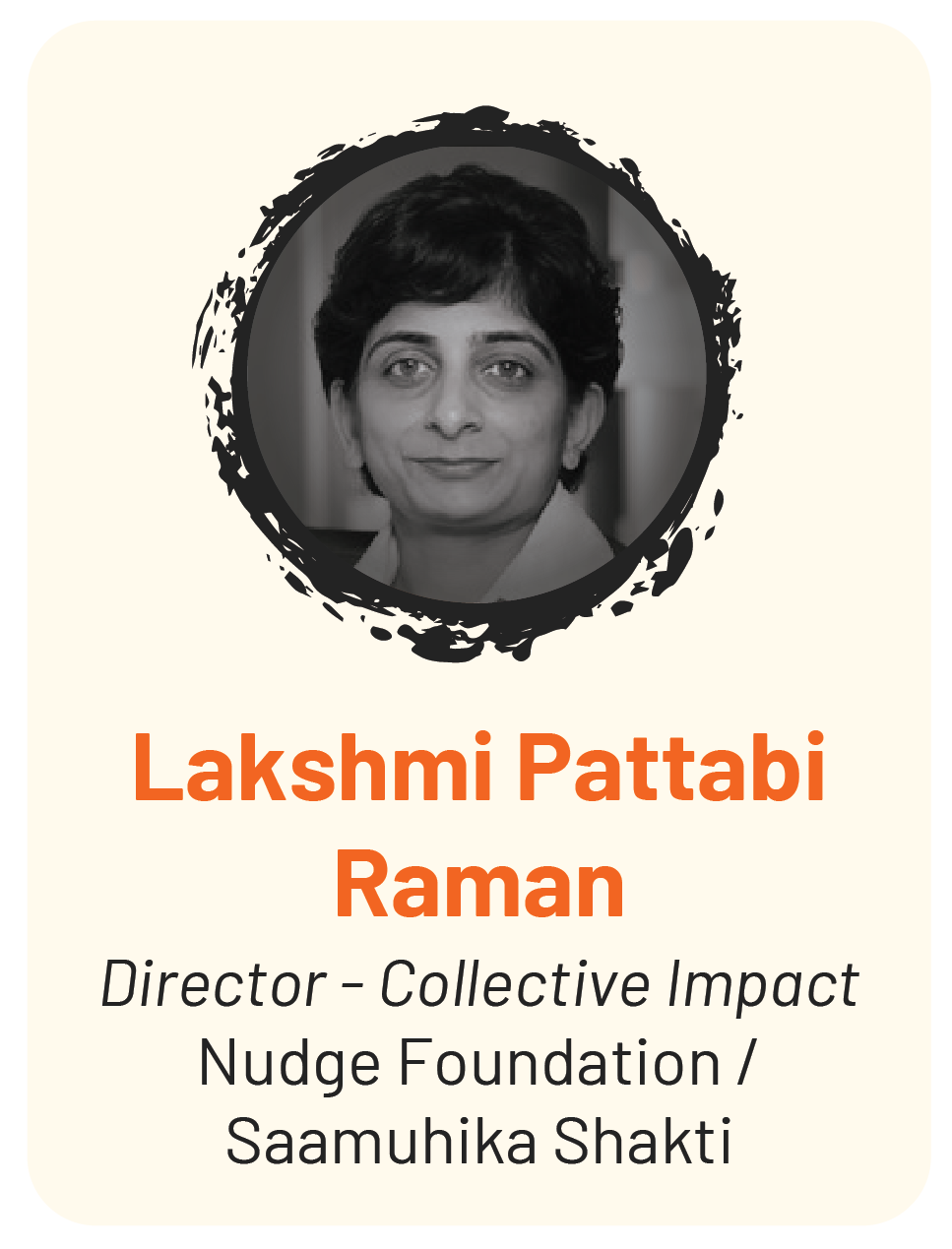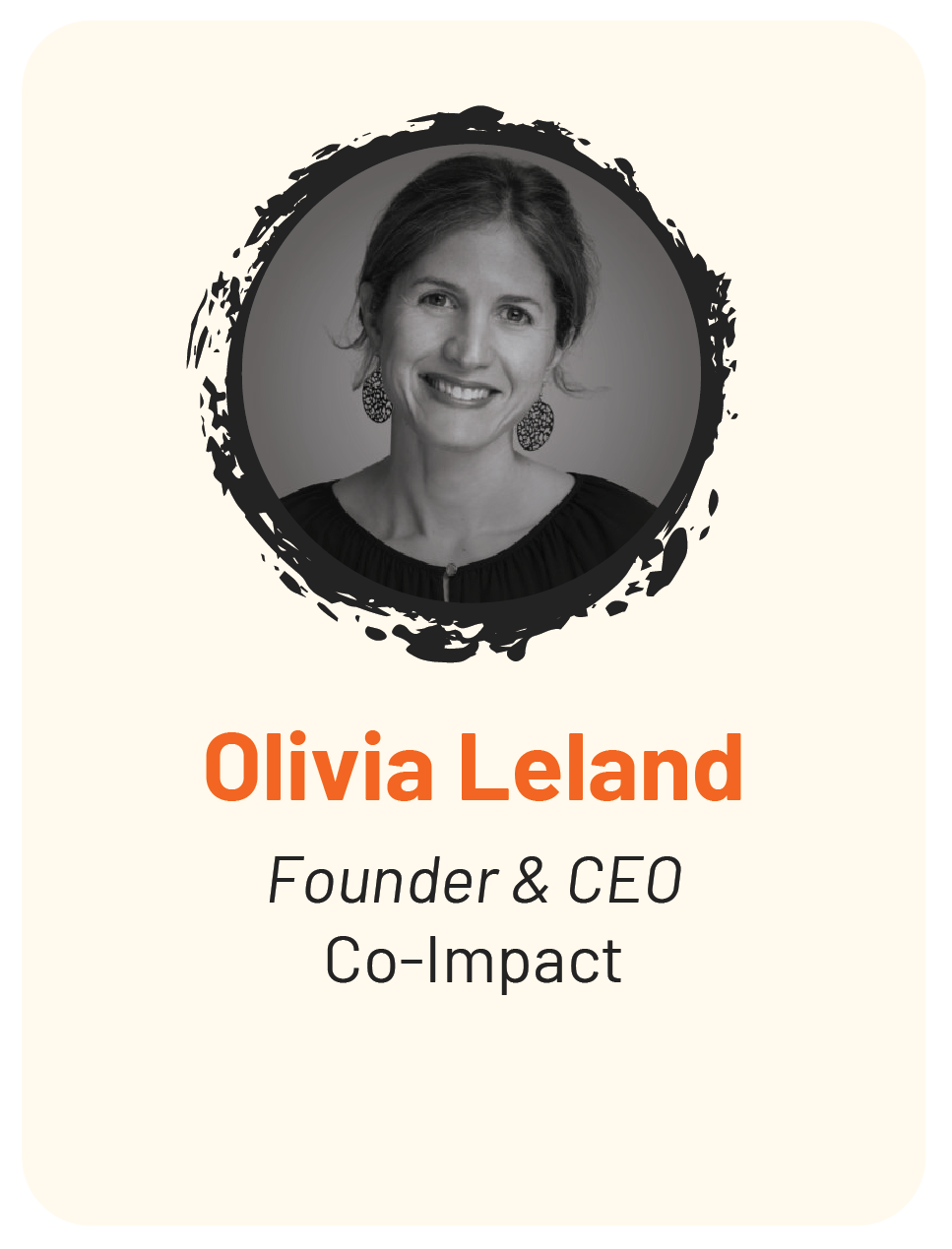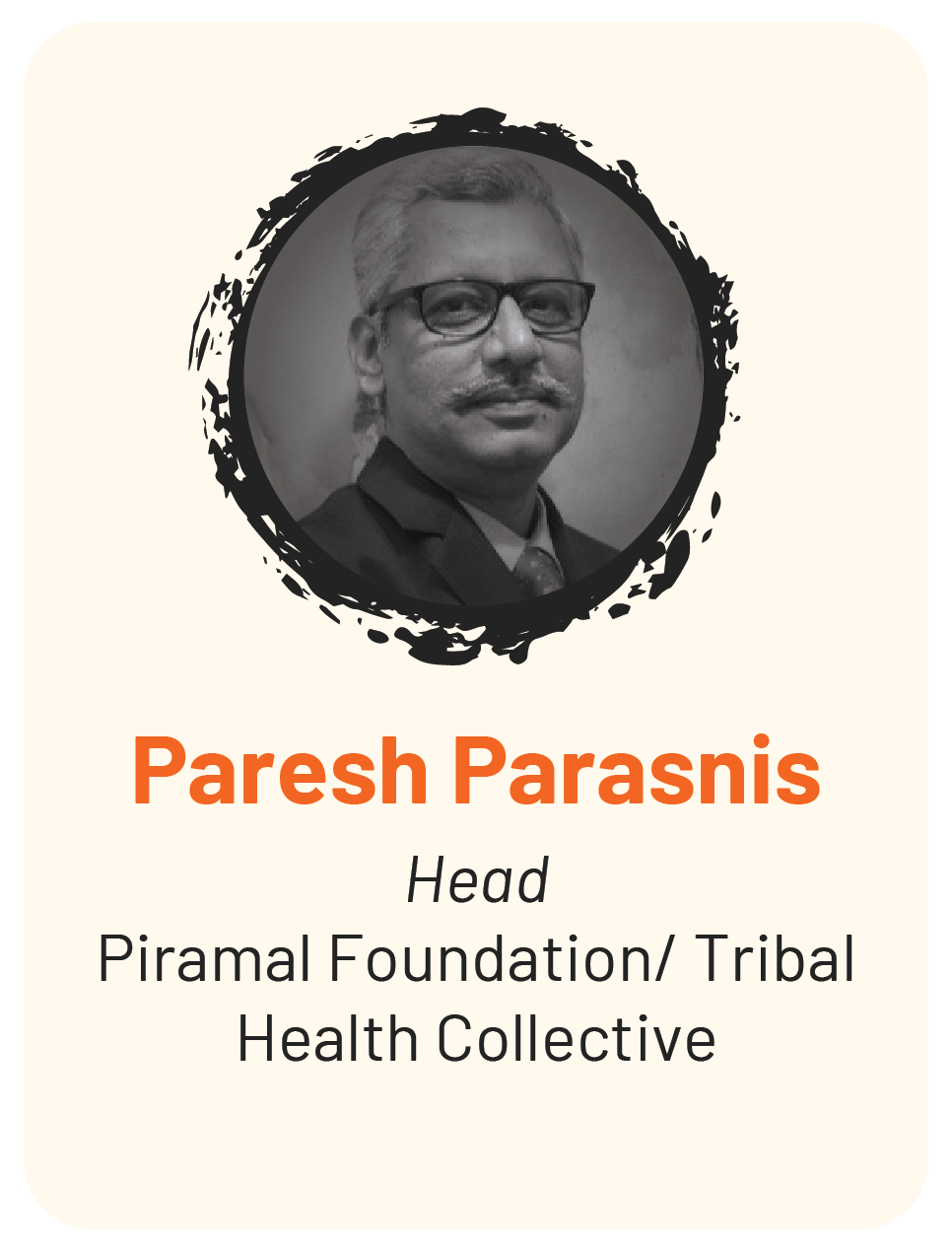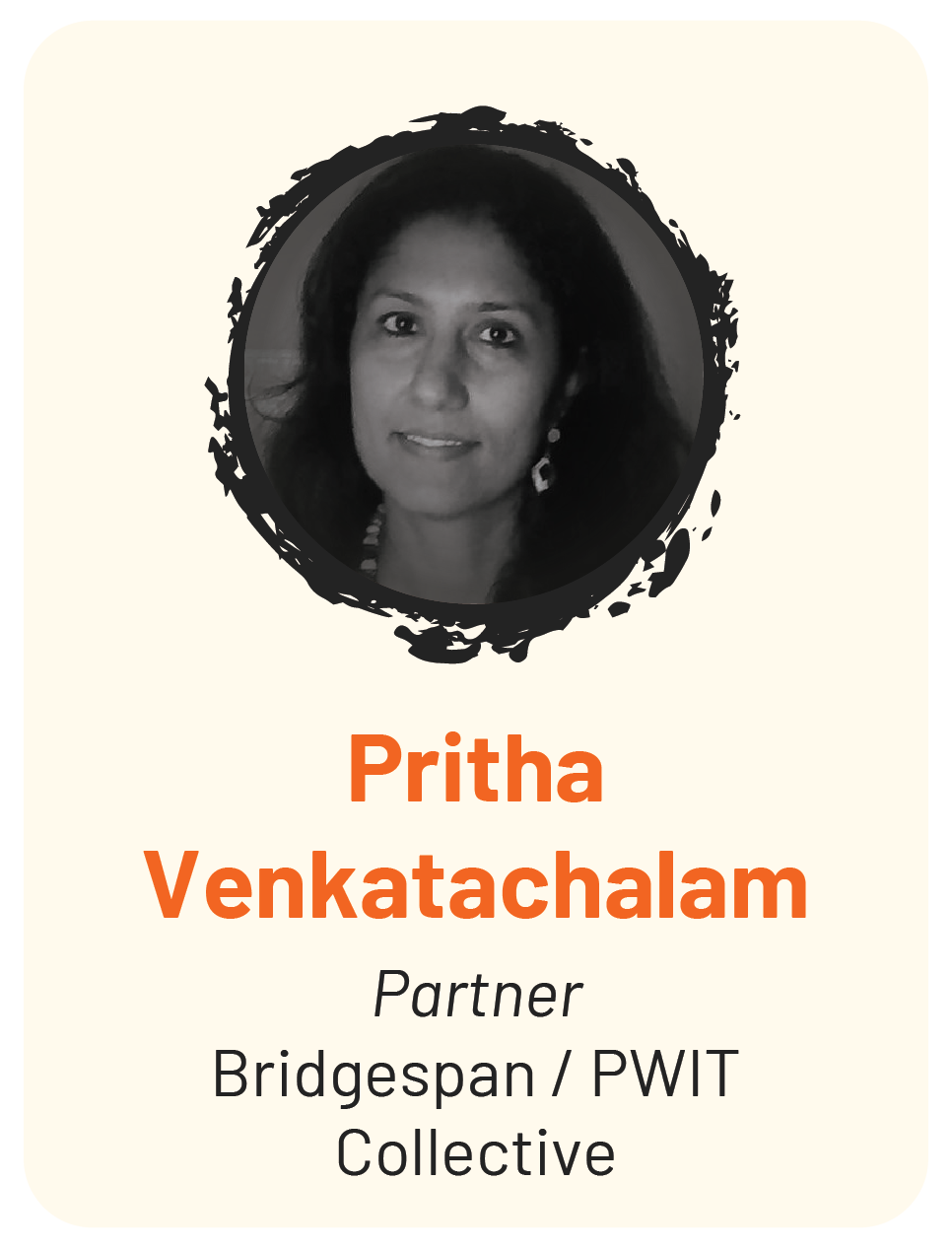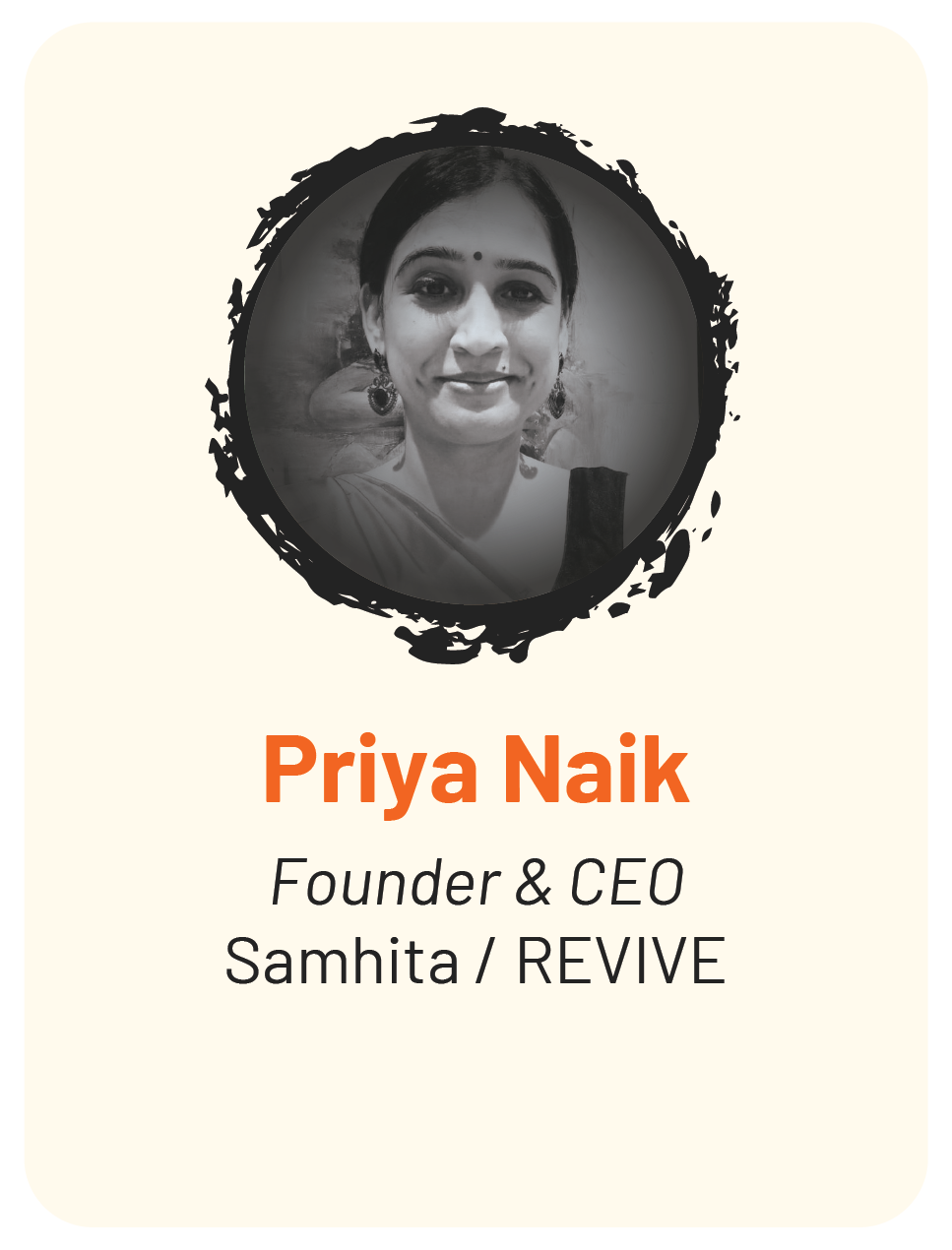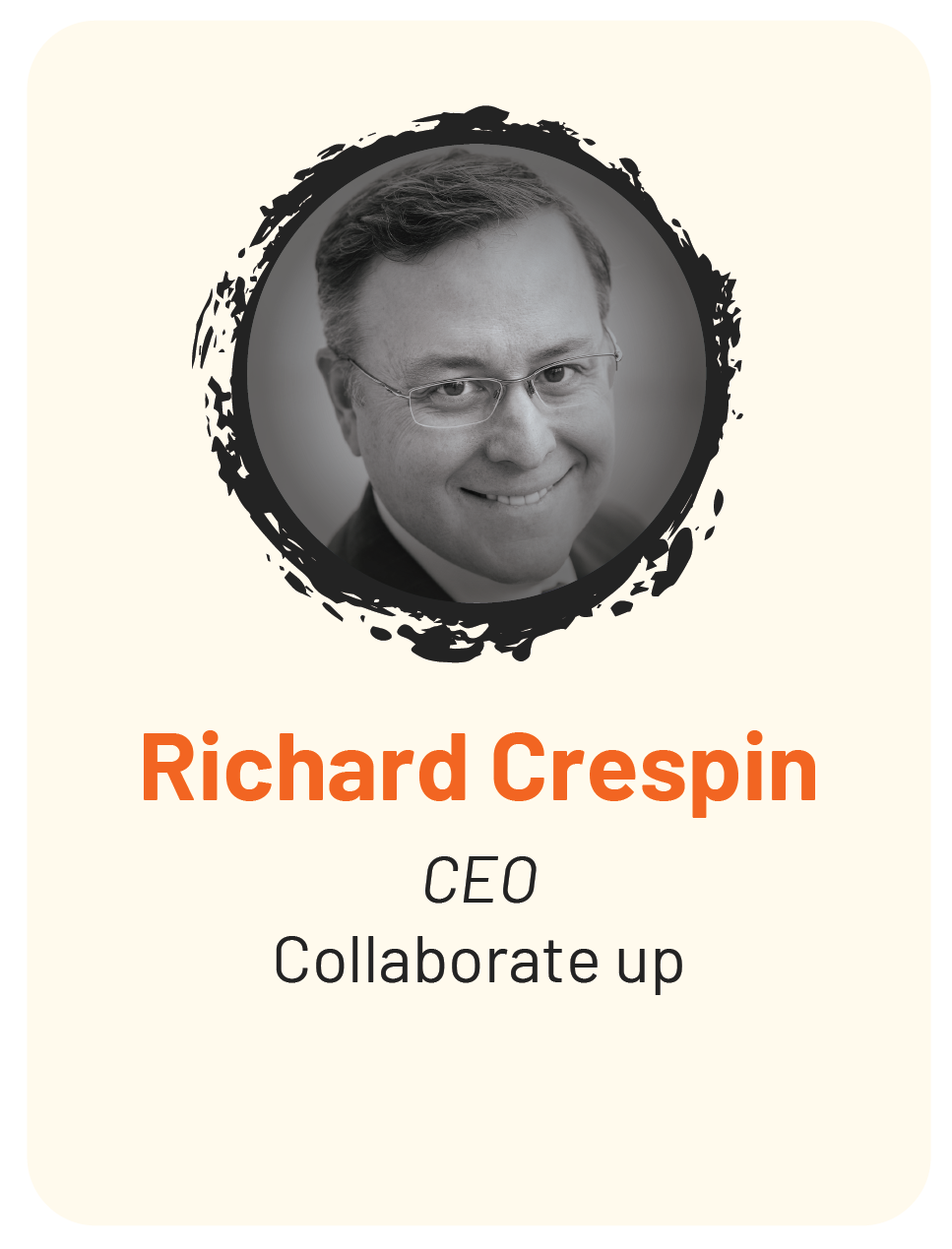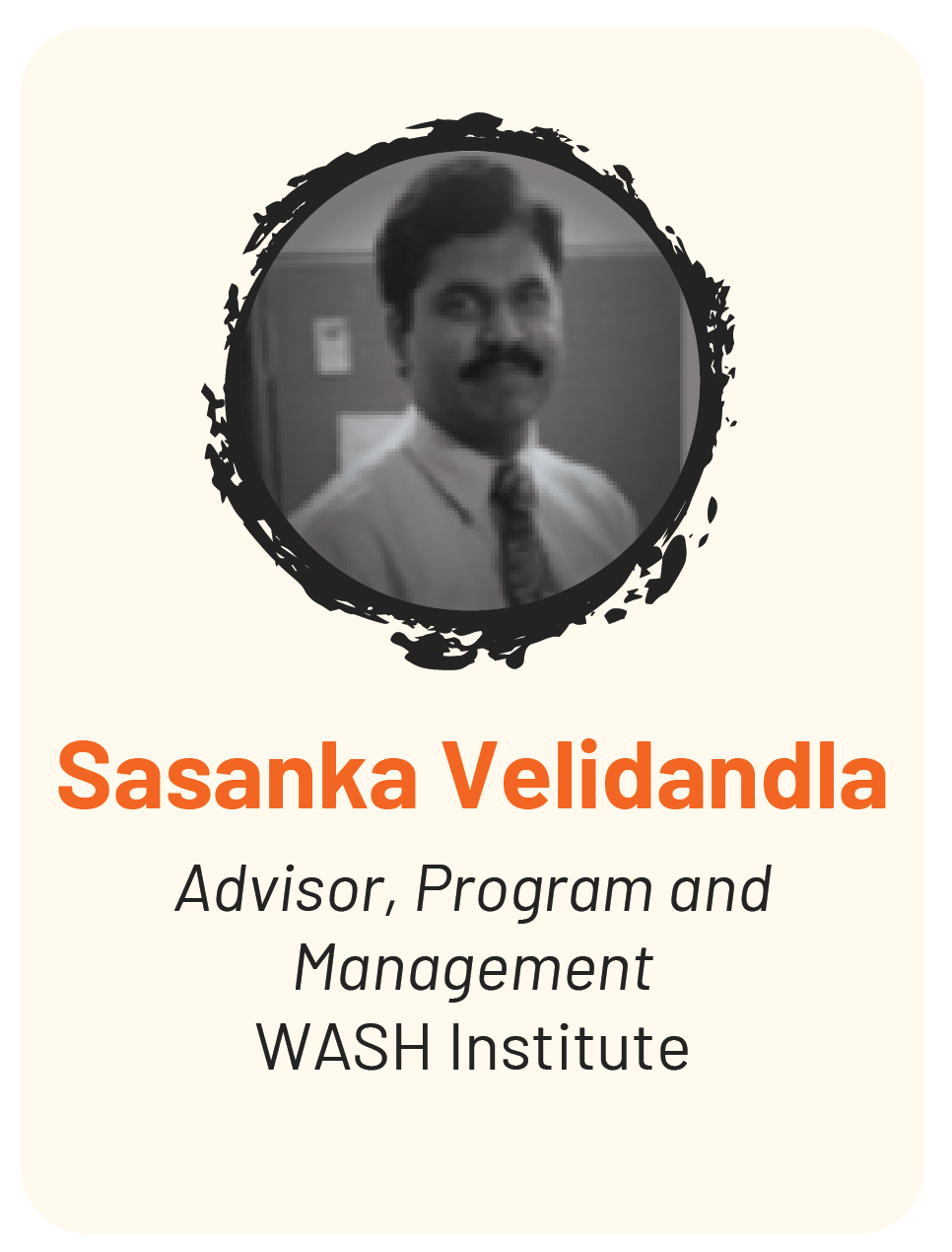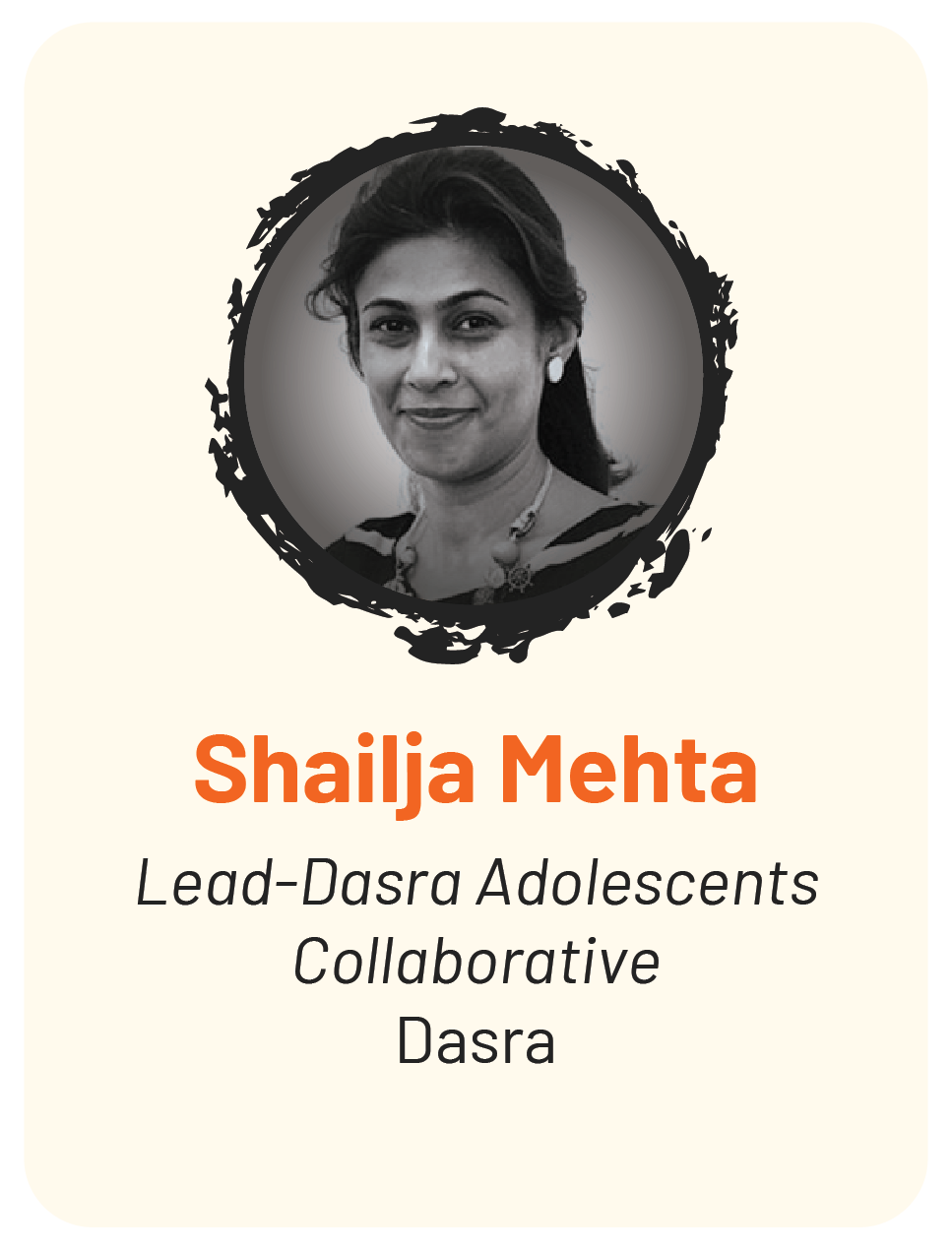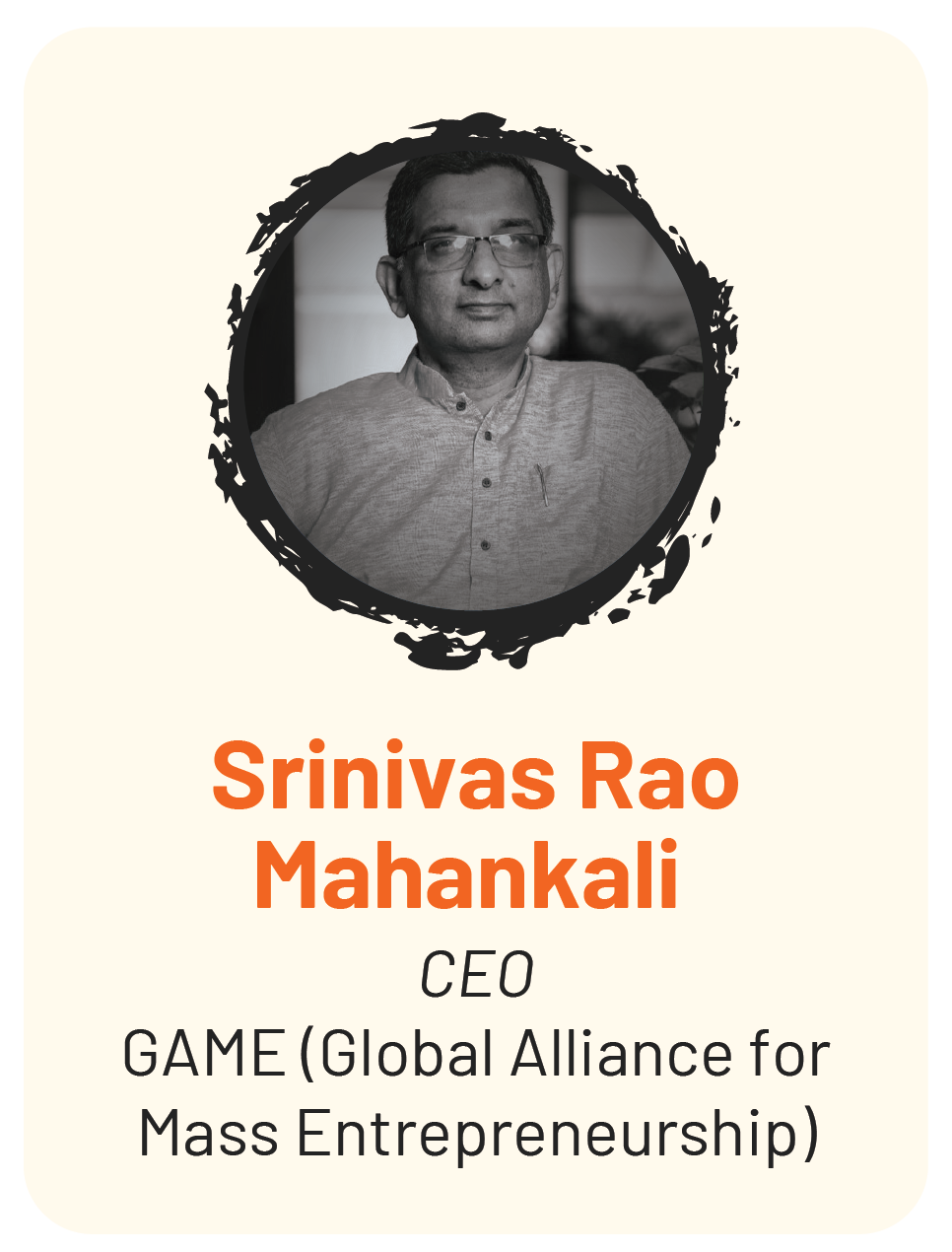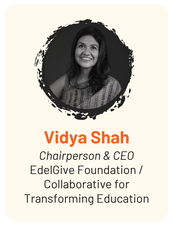Further Together:
|
|
Hear from the leaders of 10 pioneering collaboratives in India as they discuss what they’ve learnt over the years: how to co-create programs with the government, what it takes to collaborate with a diverse group of implementing partners, how to address the many challenges that are inherent to collaboration, and more.
|
Key takeaways
- There is a growing trend of multi stakeholder collaboratives that bring together a range of players (government, nonprofits, technology partners, policymakers etc.) -- each with different perspectives -- to the table. This allows these collaboratives to address an issue holistically.
- The process of co-creating the objectives of collaborative action is critical. When these objectives are not aligned it can lead to conflict, but it is important to work through and resolve these conflicts early on.
- In a collaborative, trust building needs to be front and centre on the agenda. Giving credit where it is due and acknowledging partners’ efforts is also important.
- When working with partners, it is important to have buy-in and engagement with staff at all levels of the organization/government department that have a role to play in achieving the collaborative’s outcomes.
- When working with the government on collaborative action, it is important to focus on building convergence within the government (ie. across a block, district, and state), across ministries, as well as across the multiple stakeholders at the table.
- Most Indian collaboratives are funded by international organizations. We need to build the capacity of domestic philanthropy to engage with collaboratives.
- Collaboratives should not look at funders merely as dispensers of funds. There is immense value in leveraging the power of funders’ networks, voice, and influence.
session highlights
A collaborative, in the development context, is a platform that aggregates resources across various stakeholders to amplify social impact. Today, the development sector in India has four times the number of collaborative initiatives that it did in 2000. A diverse range of actors—nonprofits, funders, government departments, and others—have come together to create change across a range of issues, from climate change to financial inclusion.
The wealth of experience and expertise that these collaboratives bring with them offer a tremendous opportunity for learning. What are they learning about engaging strategically with the government, leveraging the networks of their funders, and managing the challenges of working with a diverse group of partners?
The Learning Lab on Further Together: Collaborative Action as a Pathway to Systems Change, brought together leaders from ten pioneering collaboratives in India to answer all these questions and more, and ultimately strengthen collaborative action by building a learning agenda.
The wealth of experience and expertise that these collaboratives bring with them offer a tremendous opportunity for learning. What are they learning about engaging strategically with the government, leveraging the networks of their funders, and managing the challenges of working with a diverse group of partners?
The Learning Lab on Further Together: Collaborative Action as a Pathway to Systems Change, brought together leaders from ten pioneering collaboratives in India to answer all these questions and more, and ultimately strengthen collaborative action by building a learning agenda.
quotes
|
|
Collaboration takes time, it takes trust, and you need to recognize the upfront investment that needs to be made in order to see impact in the long term. -- Olivia Leland, Co-Impact |
|
|
Collaboratives need to define a unique proposition, a single vision, a common objective that all of us can gravitate around. – Paresh Parasnis, Piramal Foundation / Tribal Health Collaborative |
|
|
The learning I’ve had is that if you want to strengthen state capacity, you have to focus on practice and behavior through demonstration. -- Vidya Shah, EdelGive Foundation / Collaborators for Transforming Education |
|
|
There has to be a joy of collaboration as opposed to a burden of collaboration. And while it sounds like a cliché, it has an undercurrent of truth. -- Pritha Venkatachalam, Bridgespan / Pay What it Takes Collective |
|
|
Collaboratives are like family. When working in a collaborative we need to respect emotions, think together, co-create the intervention, and act together to create change in communities. – Ashif Shaikh, Jan Sahas / Migrants Resilience Collaborative |
Share this session's highlights with your network!

